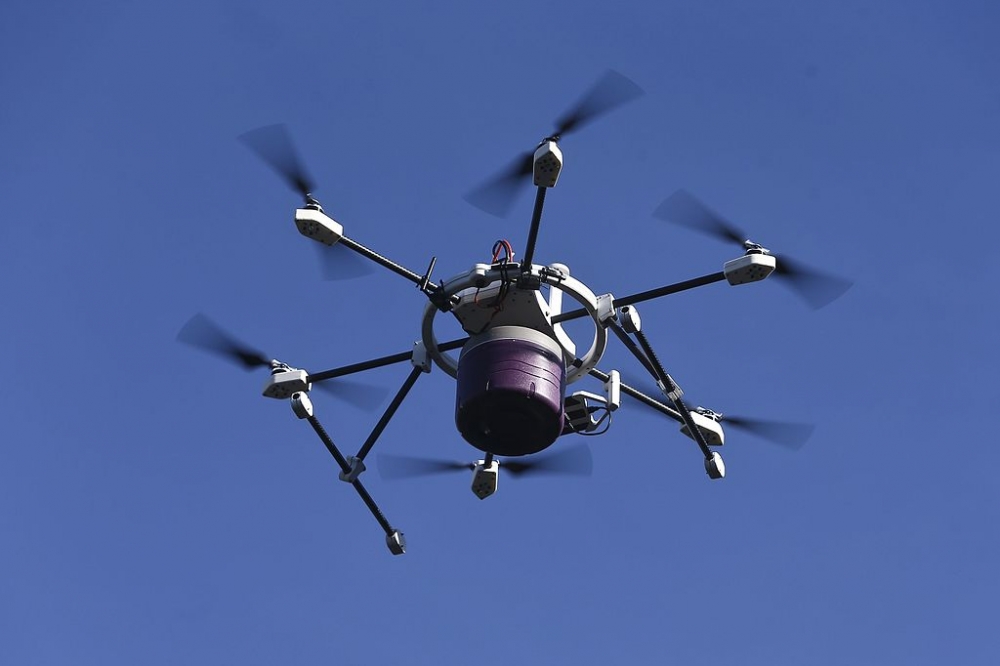Australian regulator works with Google on safe drone deliveries
14 November, 2017
4 min read
By joining our newsletter, you agree to our Privacy Policy


Australia's air safety regulator is working with Google parent company Alphabet to “road test” ways of assessing the risks involved with using drones to deliver packages and other items.
The move comes as the Civil Aviation Safety Authority is working its way through more than 900 responses to a review into drone safety and estimates of the number recreational and professional drone users in Australia may have topped the 100,000 mark.
Google revealed in October that its Project Wing had begun trials of deliveries for Mexican food chain Guzman y Gomez and Chemist Warehouse to farms on the NSW/ACT border.
The trials involved deliveries to farmers near Royalla, a town about 35kms from Canberra, who usually faced a 40-minute round trip to pick up supplies.
CASA boss Shane Carmody told the Australian Airports Association annual conference in Adelaide on Wednesday that Google was seeking approval to operate outside existing regulations so it could do things such as one pilot to operate multiple drones at once.
Mr Carmody said Alphabet had recently conducted a trial involving the delivery of a burrito in Canberra, joking that he considered putting second drone behind it with microwave so that when it arrive warm.
“They’re trying to work out ways to test capability so we’re talking pizza, mail, packages,’’ he said.
“But what we’re not really talking pizza, mail and packages, what we’re really talking about is a change to the system and trying to find ways to make this operate safely and effectively.
“And we’ve reached an agreement with Google to road-test some specific operational risks on unmanned systems for that very reason, as we try and keep pace with and get ahead of this challenge.’’
The risk assessment will use methodologies developed by the Joint Authorities for Rulemaking on Unmanned Systems (JARUS), a group of experts working on a single set of requirements for the safe operation of drones.
The use of drones is prohibited near aerodromes but the increasing popularity of the technology has sparked worries of potential conflicts with aircraft, prompting a parliamentary inquiry and the CASA review.
Mr Carmody said the number of drone operators – effectively the equivalent of Air Operator’s Certificate holders – had risen from 220 in 2014 to 1208.
The number of drone licence holders, pilot licence equivalents, had jumped from 704 to 6744 and there had been almost 8600 notifications to fly a drone of less than 2kg commercially since September, 2016.
“Then we have the private users, your mums, dads and kids flying for fun,’’ he said. “ There is no way to accurately to calculate the numbers on those but estimates are between 50,000 and 100,000.”
CASA’s review is now closed and Mr Carmody said an analysis of comments in the responses was underway.
Issues raised by the paper included safety benefits and cost effectiveness of registration, education, training and “geo-fencing”, a process where drones are programmed to avoid certain areas.
The CASA boss said he had also recently established a branch within CASA involving about 20 people to focus on all aspects of drones and which pulled together staff from other branches and sections of the organisation into one area.
CASA was ahead of many of its global counterparts in regulating drones in 2002 and it has had an education program underway since 2013.
“The communication and education program is very different to what we had to do in the past because many of these users are not part of the aviation system, they don’t see themselves as part of the aviation system,’’ he said “So we’re doing general education material to target audiences (such as ) teachers of upper primary (years 5-6) and lower secondary (years 7-8).
“We’ve also advertised in cinemas, engaged with retailers to provide guidance material at the point of sale and attended aviation events. “
Other moves to educate drone users include the launch of the “Can I fly There” app In May this year and the recent launch of dedicated website for recreational users of sub-2kg drones .
The app had proved popular and there had been more than 50,000 downloads by October while the web version see on average 18,000 unique visitors per month.
CASA is also working closely with the other organisations on drone trials to ensure aviation safety is maintained and their operations are conducted in line with the regulations.
Next Article
2 min read
Qantas triples profit but misses mark

Get the latest news and updates straight to your inbox
No spam, no hassle, no fuss, just airline news direct to you.
By joining our newsletter, you agree to our Privacy Policy
Find us on social media
Comments
No comments yet, be the first to write one.
